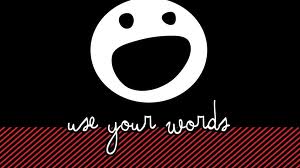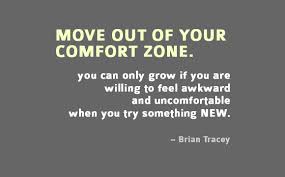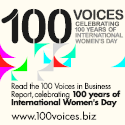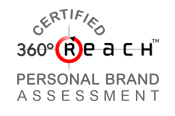
The marketplace (and world) is full of noise and doubt. It can be easy to listen to the voices of doubt. Sometimes the melody of doubt becomes a song to lull you into inaction. If this happens you may find yourself sitting still in fear.
Change the beat. That’s right — have the courage to listen to your REAL call to action and move forward with faith.
Everyone desires success and wants life to be easy. Me, too! Yes, doubt can set-in anytime. When it does, if you listen to the long sad song over and over, you will begin to believe it. That song will be the only song you sing or hear. Soon everyone around you tunes into your beat and doubts you, too.
You can’t just keep “dancing to the beat” of fussing with your résumé or filling out online applications and expect someone to call you. Unfortunately, time is not on your side. Being out of work for a period of time does impact your value in the market and adds to the doubt you have about your next job and the doubt others have in you.
If you are ready to stop making excuses and be back to work soon, it is time to take action!
Where to start?
First – BELIEVE! Believe that results will come as a result of your actions. Have faith that you are enough. By nurturing and believing in your vision you become a magnet for success and prosperity.
Next, feel CONFIDENT in your values, skills and the job you perform. Be aware of your doubts and negative feelings or you may miss out on available opportunities.
Then you must ACT!
Begin by assessing your network. Take inventory of the people you know. Do you need to grow and nurture your current network? As in any business, inventory is an asset and impacts your bottom line. Take inventory now.
Create a plan to connect and stay connected. Who knows you? Who likes you? Who trusts you? What is the best way to connect? How will you stay connected?
Execute your plan. Who will you call this week? Pick up the phone. Connect with people. If you don’t have opportunities for a job in your pipeline you need to change the beat and expand your network.
Add volunteering one day per week to your plan. Do work for any organization that you want and do any kind of work you can. The work does not need to be in your field or improve your skills. If it enhances your skills, great, if it does not that is okay, too — you will be dancing to a new beat one day per week.
At the end of the day, the fastest way to stop listening to the beat of your doubts is to decide what results you want and take action to achieve it and dance to a new beat!
 Every person on earth is unique. You have talents and skills that lead you to do things in a way that no else can replicate.Embrace who you are. Stop being plain vanilla.
Every person on earth is unique. You have talents and skills that lead you to do things in a way that no else can replicate.Embrace who you are. Stop being plain vanilla.










